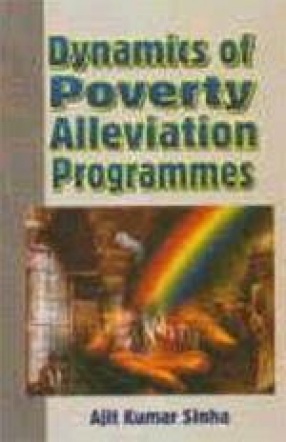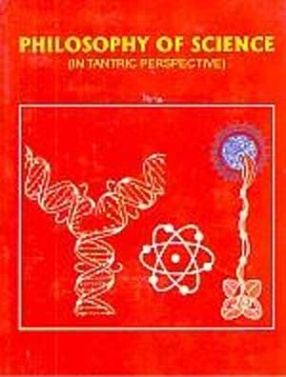Abject poverty exposes the hollowness of our system. Teeming poverty with the developed nuclear power is not only a paradox of our time but a shame for the civil society of the 21 century. Alleviation of poverty has been of goal of our development strategy since the beginning. Initially efforts were made to alleviate poverty with trickle-down hypothesis of the mainstream of development efforts. The strategy has been supplemented/complemented with the policy of direct attack on poverty since late 1970s. The most unfortunate aspect is that even the combined strategy could not achieve any significant result and the actual number of poor has risen. The regional variation in the poverty level is an added dimension of the dilemma. This book is divided into six chapters. An introduction in chapter 1 contains the description of the problems, methodology and the socio-economic condition of the beneficiaries as a whole in general and North Bihar, Central Bihar and Jharkhand in particular. This is followed by the evaluation of Self-Employment Programmes including IRDP, TRYSEM and DWCRA in chapter 2. Chapter 3 has highlighted the Wage Employment Programmes including JRY and EAS. IAY has been evaluated the National Social Assistance Programme which includes NOAPS, NFBS and NMBS. Broad conclusion has been presented in chapter 6. A critical analysis has shown that a sizeable proportion of beneficiaries have income either above poverty line or in the upper income-slab below poverty line. Most of the anti-poverty schemes have been implemented on paper and the scarce financial resources have been grossly misutilised under the influence of the crime-syndicates and the speed money. Common masses are unaware and trivial about the programmes. Structural transformation is needed for a qualitative break in the system.
Dynamics of Poverty Alleviation Programmes
In stock
Free & Quick Delivery Worldwide
reviews
Bibliographic information
Title
Dynamics of Poverty Alleviation Programmes
Author
Edition
1st. Ed.
Publisher
ISBN
8176293873
Length
xvi+255p., Tables; Figs.
Subjects








There are no reviews yet.